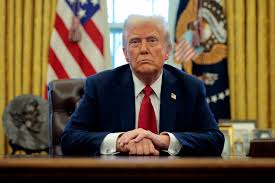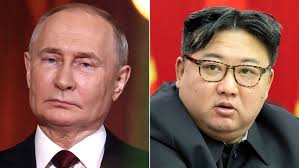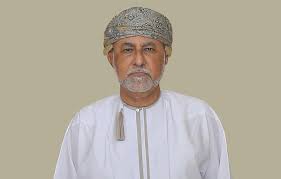Big changes are happening at the U.S. Federal Reserve—the central bank that controls interest rates and helps manage the economy. President Donald Trump is taking steps to reshape how the Fed works, even before current Fed Chair Jerome Powell finishes his term in May 2026.
President Trump and his Treasury Secretary, Scott Bessent, have made it clear: they want to change how the Fed operates. Bessent criticized the Fed’s large staff of economists, saying, “I don’t know what they do.” He even compared the institution to a kind of “basic income for academics.”
In June, Trump promoted Michelle Bowman to vice chair of banking regulation at the Fed. She’s expected to reduce the strict banking rules that were put in place after the 2008 financial crisis. One of her first actions was a proposal to lower the amount of money big banks must keep on hand in case of financial trouble.
While banks supported this move—saying it would let them lend more money—critics warned it could make the system riskier. Michael Barr, a former Fed official, said it could “weaken the capital” of the country’s largest banks.
Bowman also led a major conference where industry leaders called for **simpler, easier banking rules**, and the Fed appeared ready to follow through.
The Fed currently employs about 24,000 people, mostly in regional offices across the country. In May, Jerome Powell announced a plan to cut staff by 10% to reduce costs. But Trump officials say that’s not enough.
Kevin Warsh, a former Fed governor and a possible replacement for Powell, said there’s “plenty of deadwood” at the Fed that needs to go. The administration also criticized the Fed’s \$2.5 billion renovation project, though Trump softened his stance after touring the site.
Still, any major layoffs would be tough to implement without the full Fed board agreeing to it, according to experts.
Since mid-2022, the Fed has lost over \$220 billion due to rising interest payments tied to its efforts to control inflation. Bessent and others in Trump’s circle often point to those losses as proof the Fed needs reform.
When Powell’s term ends—or if he’s pushed out earlier—Trump will likely appoint a new Fed Chair who supports his agenda. That could mean:
Fewer rules for big banks
A smaller, cheaper Fed
Less independence from the White House
Many experts worry that too much political influence over the Fed could hurt its ability to manage the economy fairly and independently.



